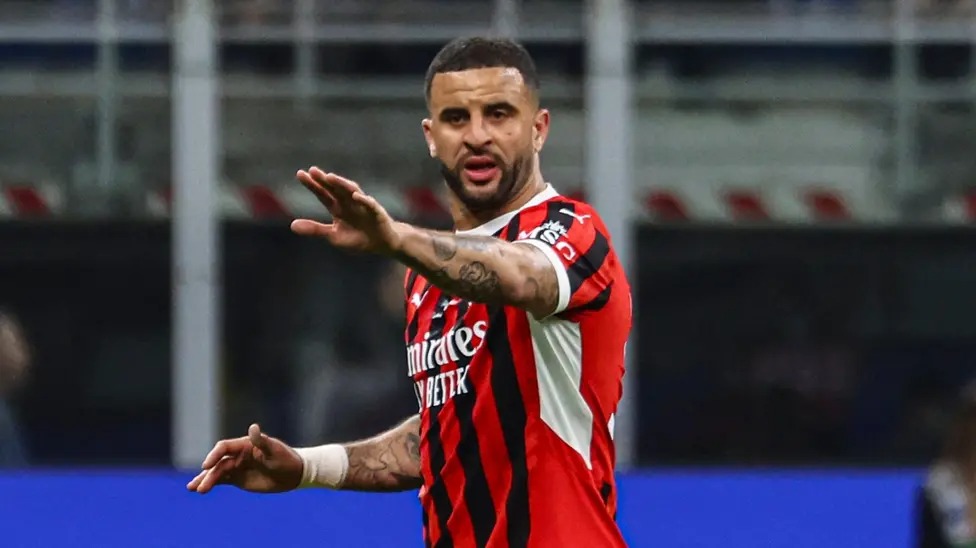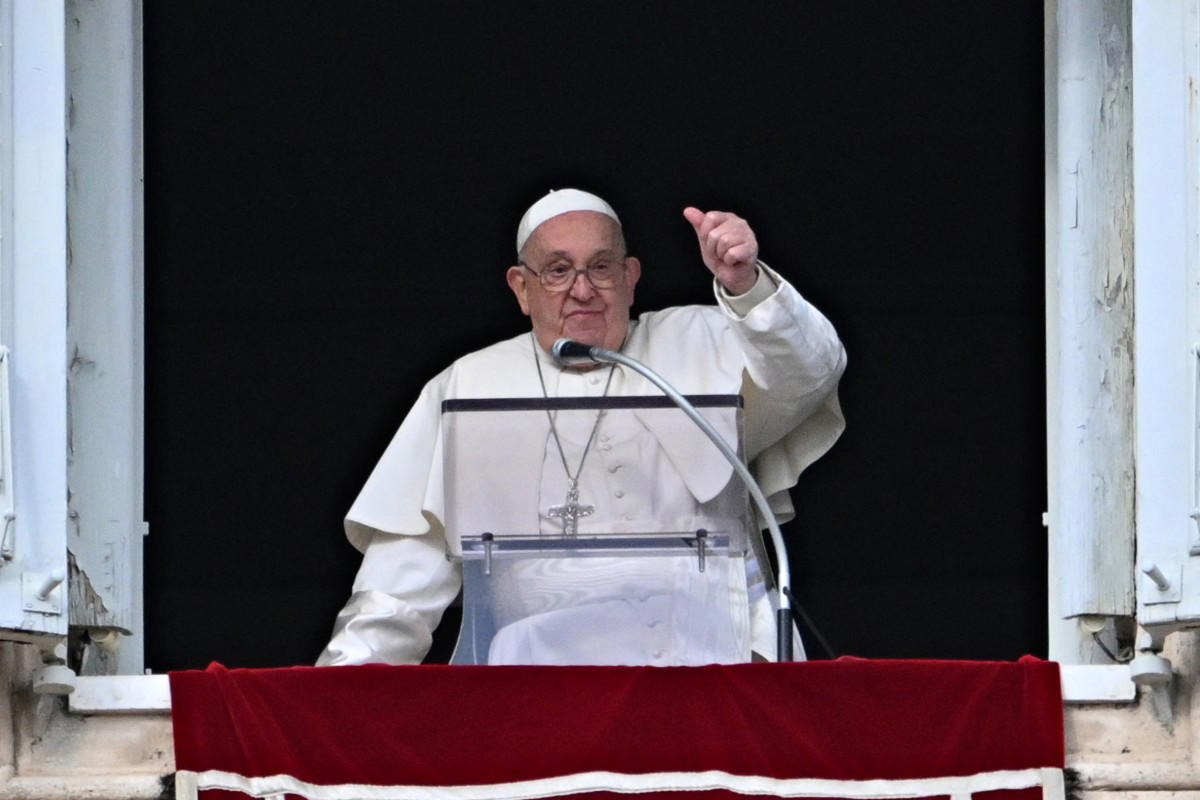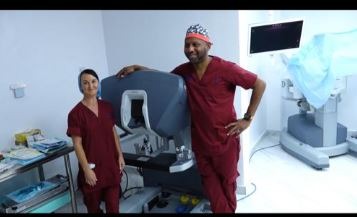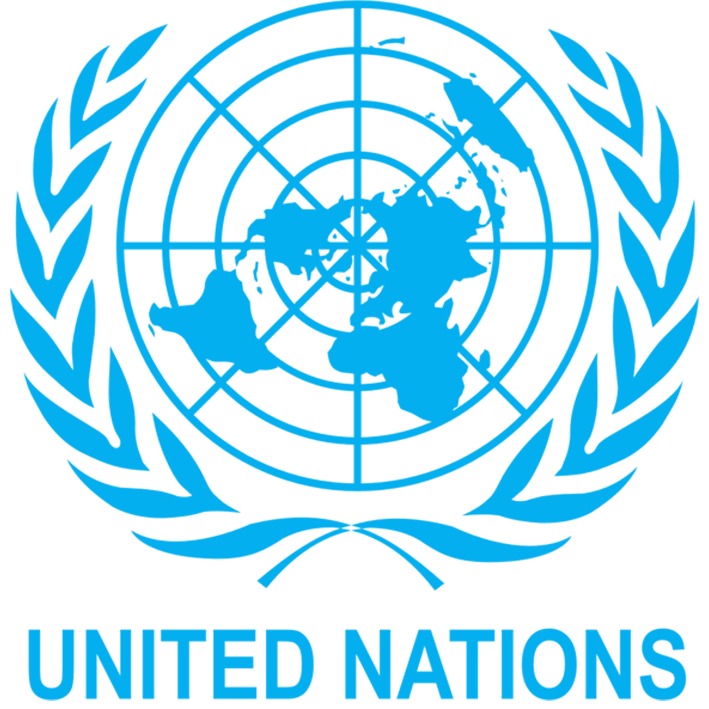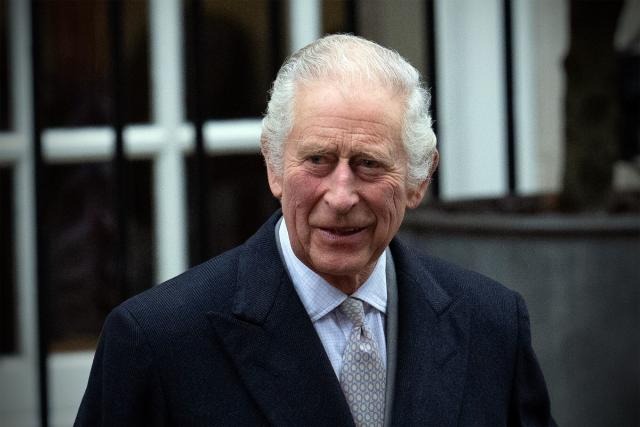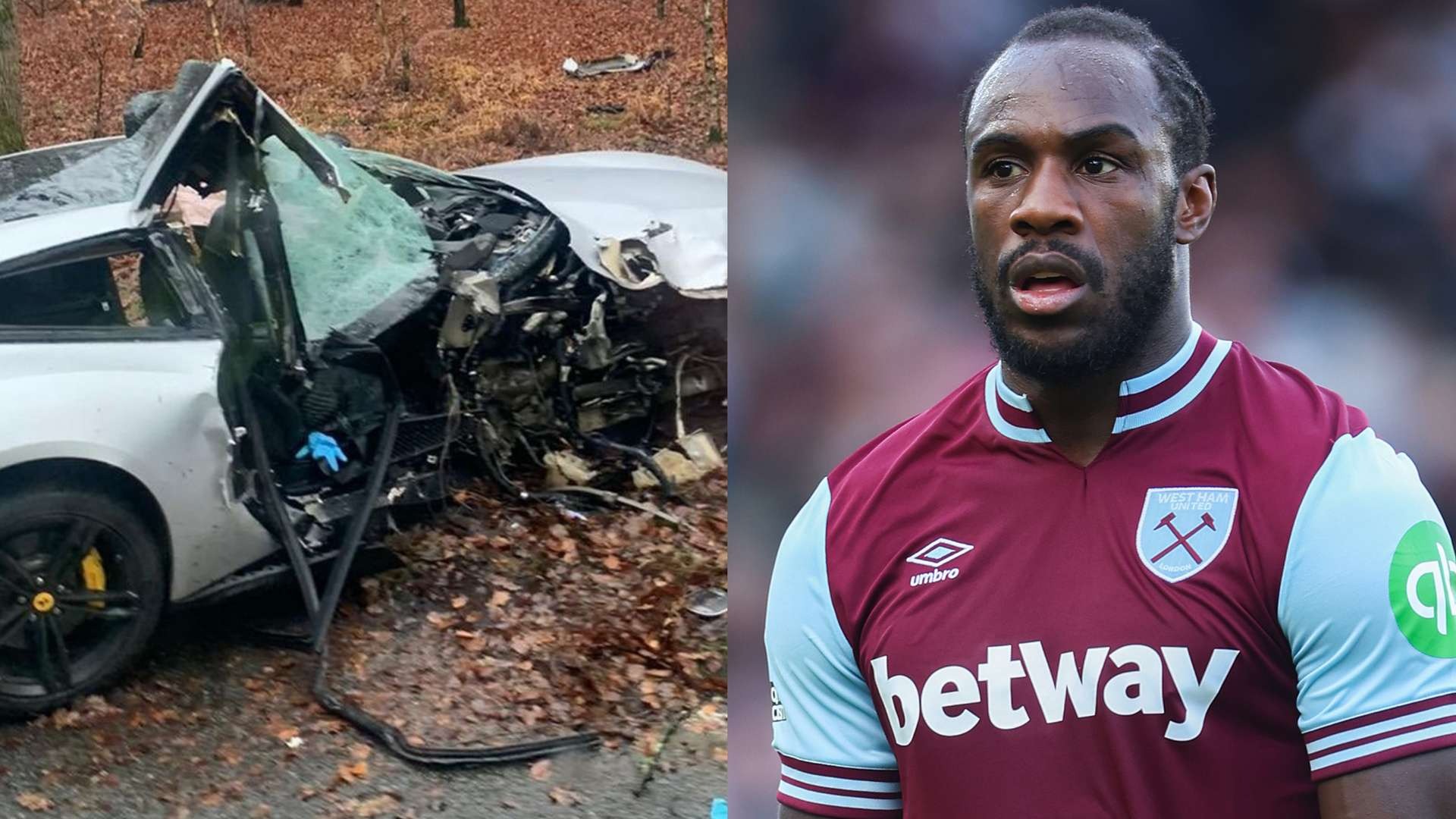Preganancy bid important role in reproduction, however, many health factors hinders women from experiencing a safe quest to delivery during pregnancy. Contrary to a normal approach to life, pregnant women are strictly advised to take incredible caution to their daily life activities, featuring all aspects and barriers to life. There are essential precautions every pregnant …



